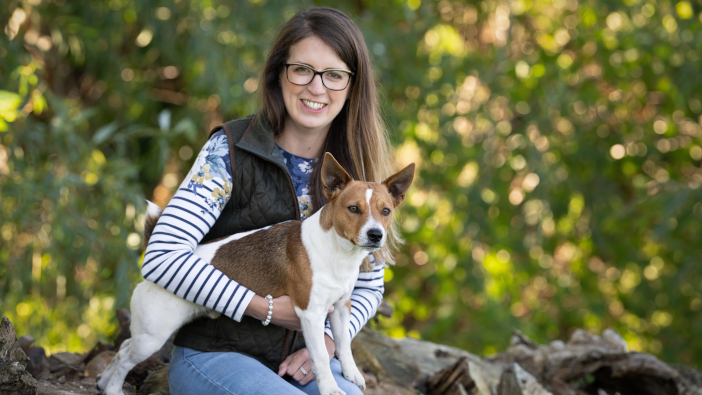The greater flexibility available in the Sustainable Farming Incentive (SFI) will make it easier to fit around other farming activities but could be less lucrative than the more restrictive Mid-Tier Countryside Stewardship warns Ceres Rural.
While the payment rates mirror the equivalent Countryside Stewardship options, the decision on which scheme to opt for will depend on circumstances, said farming consultant Chloe Timberlake.
“The similarities between the schemes make it hard to choose, but the SFI nudges ahead on flexibility,” she says. “One of the biggest criticisms of Mid-Tier has always been that the agreements are fixed for five years, with no way of changing them.
“That’s very different with the SFI. You can add in actions each year, make alterations and vary the area of rotational actions by 50% in the second year if need be.”
Ms Timberlake added that the rolling application window means that SFI agreements can start at any time, while the Countryside Stewardship has a fixed deadline.
New actions in the SFI scheme include £5.80 per hectare and a £95 agreement payment for soil testing, £589 per year for Nutrient Management Plans and £989 per year for Integrated Pest Management Plans, £55 per hectare for companion cropping and £45 per hectare for no insecticide use.
She added that grassy field corners and blocks action, AHL3, has been reinstated, paying £590 per hectare, as well as two new hedgerow actions.
One benefit is that restrictions on management, including cutting dates, supplementary feeding and rest periods, as found in the Countryside Stewardship scheme, are not included in the equivalent SFI standards. For example, herbal lays have no written requirement to rest them, or as to when fertiliser can be replaced.
Legume fallows become a static option in the SFI and must be maintained in the same area for each year of the agreement. “If there’s a need to control black grass, you can cut it with less restriction,” Ms Timberlake added. “Within Mid-Tier, topping to control black grass is only allowed between defined dates within the first and second years.”
Farms with grazing livestock that have low-input grassland will be allowed to supplement feed within SFI, which pays the same rate as the Countryside Stewardship equivalent at £151 per hectare. In addition to this, flower-rich margins can be rotational in SFI.
“The grassy field corners and blocks in SFI, AHL3, is a good action for delivering environmental gain and requires little management.”
However, Ms Timberlake did note that some Countryside Stewardship agreements have the potential to provide higher-value environmental habitats, especially for those on the Priority Habitats Inventory.
As an example, GS9 and GS10, for the management of wet grassland for waders and wildfowl, are paid at £353 per hectare and £217 per hectare respectively under the Countryside Stewardship. “The nearest equivalent in SFI would be LIG1 at £151/ha, which would not give the same level of environmental protection.”
In addition to this, popular options such as enhanced over-winter stubble, supplementary winter feeding for birds and low-input cereals currently have no equivalent in the SFI standards. Similarly, revenue options for historic on-farm features, including taking out of cultivation and reduced depth cultivation, only exist in the Countryside Stewardship scheme, paying £476 per hectare and £92 per hectare.
“There’s probably still an SFI scheme suitable which will bring in some additional income, although cherry-picking from both will involve two agreements of different lengths, which will add to the paperwork burden.”
Her other point is that the SFI is still in its infancy. “We can’t rule out further changes – recent events have confirmed that Defra is learning from feedback and some things remain fluid.”
For more information go to www.ceresrural.co.uk


